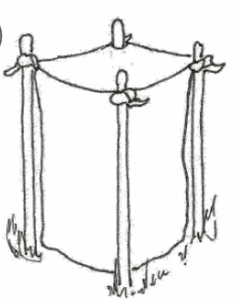Medical Marvel
I spent a good portion of my early life in Canada, and so I have a decent understanding of the culture and history of the place. One of the things that was already beginning to fail, long before I left Canada to return to America, was the Canadian medical system. Let’s talk.
Let me start with a BLUF: American health care is great. American health insurance is fucking ridiculous. Canadian healthcare AND insurance is just whackadoodle.
I don’t currently have insurance. The hows and whys are not up for discussion, but the fact is I’ve paid much less for health care in the last 20 years than my family has through their insurance (either via what they pay off their paycheck alone, or what insurance pays… works for both). I get a “discount” when I see the doctor, get medication, have labs and scans done, etc. because I am uninsured. The quotes are there because the payment I make is frankly what everyone should be making, or rather it’s slightly higher than it ought to be but I can live with it.
American insurance causes people to overcharge on a regular basis, because if they don’t, then they could lose out on insurance payments altogether. I don’t even really understand it. It’s fekking complex. It’s the only industry in the world where MY broken leg and YOUR broken leg, despite being exactly the same, could have vastly different costs. Even when all other things are equal, a doctor’s office, surgeon, or anyone else in the medical factory cannot give you a price until after the work is done, and then they still can’t give you a price because Reasons.
Today, I had to go in and see my GP about my shoulder. I injured it several years ago, and lately it’s been giving me a lot of grief. It is time, even though I’m terrified of the bill for the MRI I’m about to get (anyone want to buy a cookbook? *sigh*). I went in and immediately she bundled together the visit I’d come in for with some other upcoming visits that I can now skip. Hooray, no paying for extra office visits! Win number one.
She looked at my shoulder, hemmed and hawed for a minute, and then started in. “Well, first we should probably send you to physical therapy…”
I stopped her. “I am self-pay, remember. What is going to be the best use of my money?”
“Oh! I forgot! Well, then we should go straight to the MRI. It’s possible they’ll refer you to therapy, but more than likely you’d have gone through weeks of expensive therapy only to be referred to get an MRI and have a different path forward. I’ll make out that paperwork right now.” And off she went. I came home with my papers for getting an MRI on my shoulder, and now I can shop around to find the cheapest place to get that MRI done.











